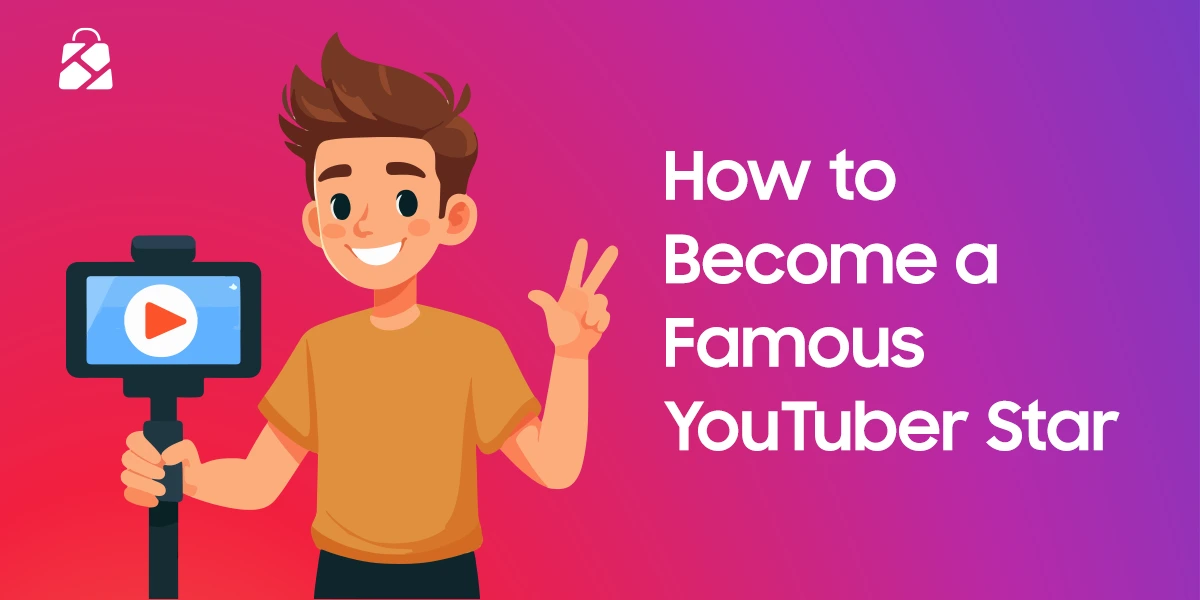How to become Youtuber?
Becoming a YouTuber is more than just uploading videos—it’s about creating content that connects with people, being consistent, and building a personal brand over time. The first step is deciding what kind of content you want to make. This could be anything you’re passionate about—gaming, beauty, cooking, education, storytelling, tech reviews, travel, or just sharing your life. Don’t worry about being perfect from the start. Focus on being real, relatable, and enthusiastic about what you’re doing. Once you have your idea, set up your YouTube channel—it’s free and only takes a few minutes. Choose a name that reflects your content or personality and design a simple logo and banner to give your channel a clean, inviting look. Next, start creating videos. You don’t need fancy equipment in the beginning; a smartphone, good lighting, and clear audio go a long way. The most important thing is to offer value—whether it’s entertainment, information, or inspiration. Plan your videos with a beginning, middle, and end.
Table of Contents
Step 1: Define Your Niche
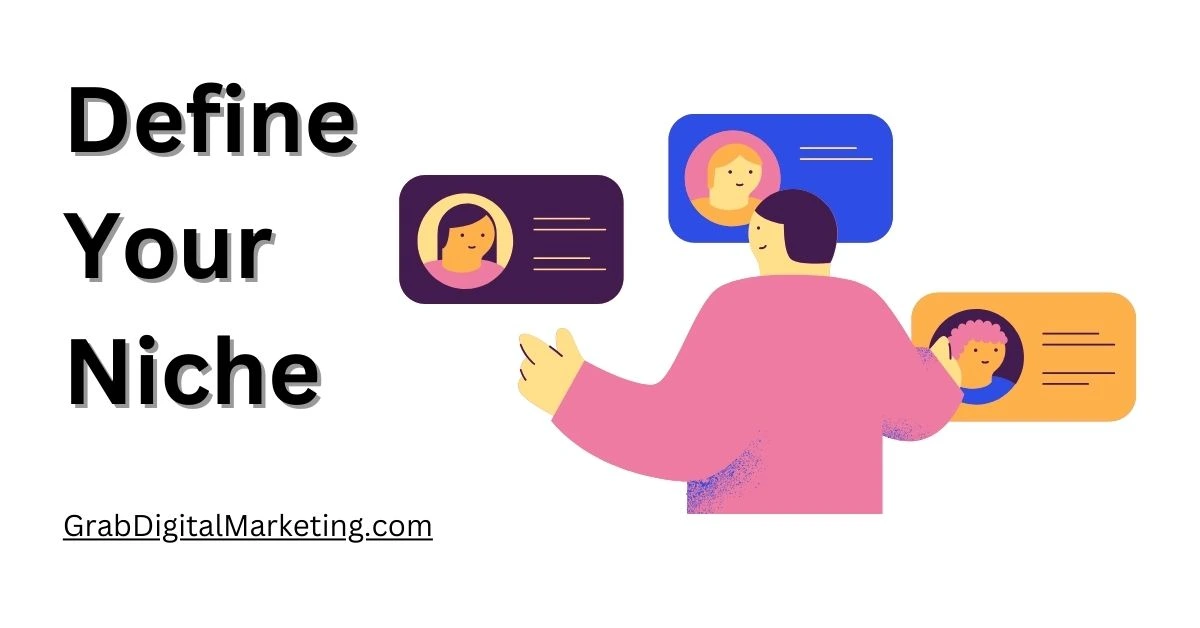
Defining your niche is about finding a unique space where your expertise, passion, and audience needs intersect. A strong niche helps establish authority, build trust, and attract the right people. Start by identifying your strengths—what you’re good at and what excites you. Research market demand to ensure your niche is valuable and relevant. Analyze competitors to differentiate yourself and offer something distinctive. Tailoring your message and content to a specific audience enhances engagement and loyalty. A well-defined niche simplifies branding, making it easier to communicate your purpose effectively. Whether in business, content creation, or personal development, clarity in your niche ensures focus and long-term success. Stay adaptable, refine your approach, and evolve as trends shift while maintaining your core expertise.
Step 2: Research Your Audience and Competitors

Researching your audience and competitors helps refine your strategy, ensuring relevance and competitiveness. Start by analyzing your target audience—understand their demographics, preferences, and pain points. Use surveys, social media insights, and analytics tools to gather data on what resonates with them. Identifying trends in audience behavior helps tailor content and offerings effectively. For competitor research, study their strengths, weaknesses, and unique selling points. Analyze their marketing strategies, customer engagement, and product offerings to spot gaps you can fill. Tools like Google Trends, social listening platforms, and industry reports provide valuable insights. Learning from competitors helps differentiate your approach while staying ahead of market shifts.
Step 3: Plan Your Content

Start with a content strategy. Decide on:
- Video Types: Tutorials, reviews, vlogs, challenges, etc.
- Content Schedule: Consistency is critical. Whether it’s weekly or biweekly, stick to your schedule.
- Video Ideas: Create a content calendar with topics for at least the first 10–20 videos.
Planning your content effectively ensures consistency, engagement, and impact. Start by defining your goals—whether it’s educating, entertaining, or promoting something. Identify your target audience and tailor your content to their interests and needs. Research trending topics and keywords to stay relevant and optimize visibility. Organize a content calendar to maintain consistency and balance between different formats, such as articles, videos, or social media posts. Structure your content with clear messaging, compelling visuals, and an engaging tone. Incorporate storytelling to create deeper connections with your audience. Review and refine your approach based on audience feedback and analytics. Adapt to evolving trends while staying true to your brand and voice. Whether you’re planning for blogs, social media, or marketing campaigns, a well-thought-out strategy keeps your content fresh, valuable, and impactful.
Step 4: Set Up Your Channel
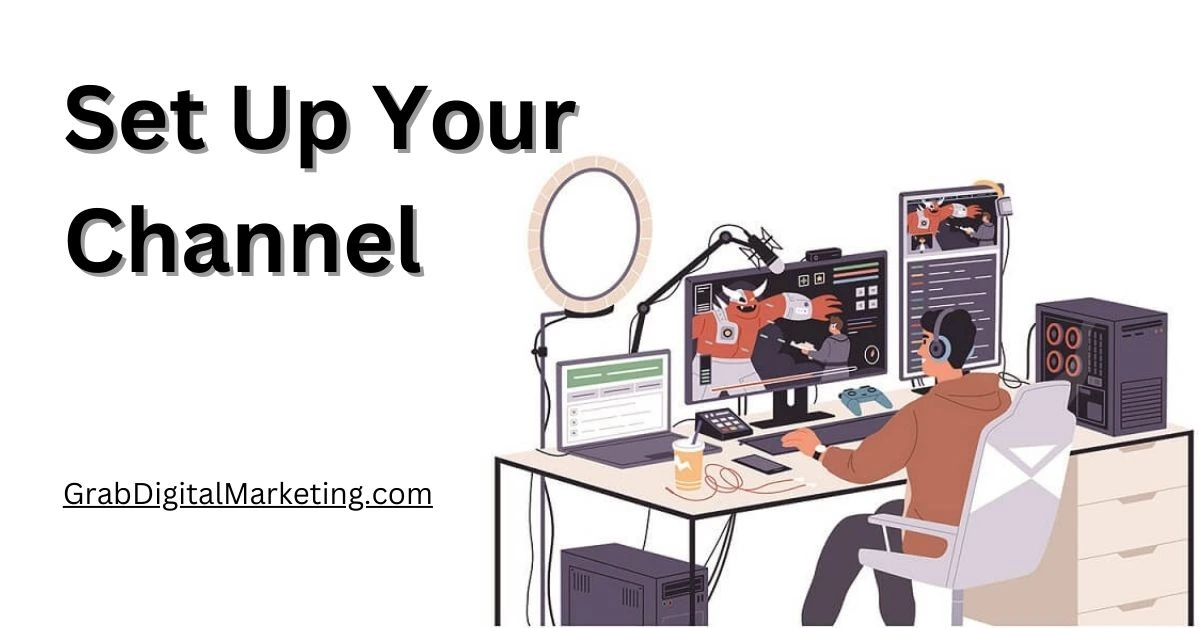
- Name and Branding: Choose a memorable channel name and create a cohesive brand with a logo, banner, and profile picture.
- About Section: Write a compelling description that outlines what your channel is about.
- Playlists: Organize your videos into playlists to make navigation easier for viewers.
Step 5: Gear Up
While you don’t need expensive equipment to start, having decent tools can improve your video quality:
- Camera: A smartphone with a good camera or a DSLR.
- Microphone: Clear audio is just as important as visuals.
- Lighting: Natural light works well, or you can use affordable ring lights.
- Editing Software: Free tools like DaVinci Resolve or paid ones like Adobe Premiere Pro can help polish your videos.
Step 6: Create Engaging Content

When creating videos:
- Hook your viewers in the first 10 seconds.
- Focus on storytelling and delivering value.
- Keep a balance between information and entertainment.
- Use call-to-actions like “Subscribe” or “Like this video.”
Step 7: Search For Optimization
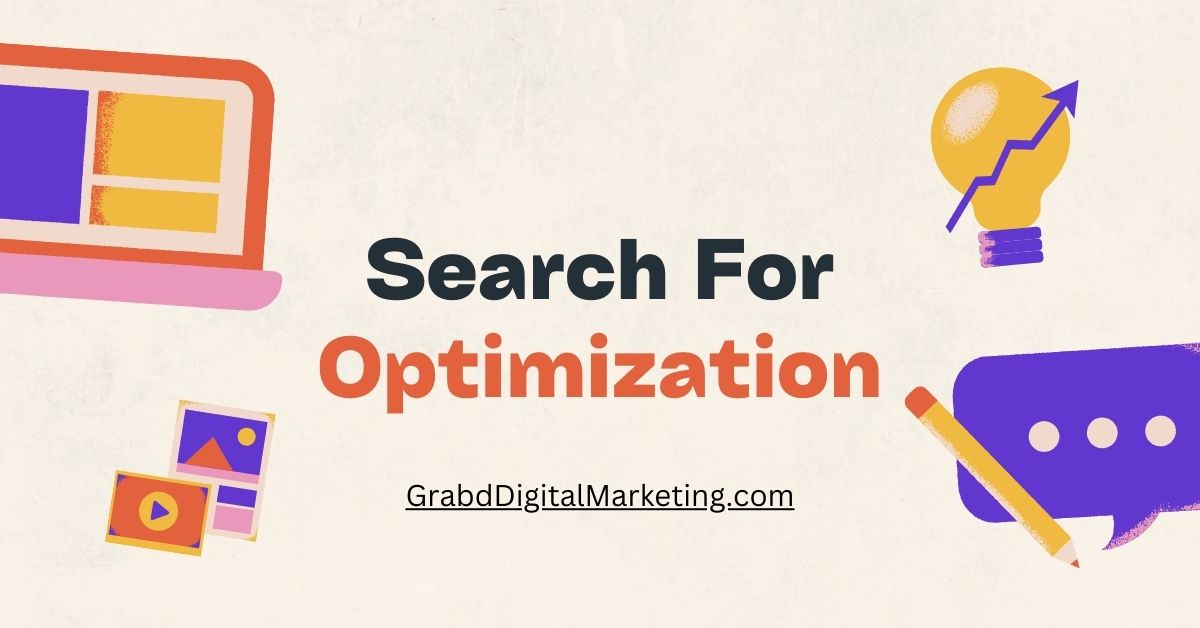
YouTube is a search engine, so optimize your videos for discoverability:
- Titles: Use keywords and make them engaging.
- Descriptions: Provide detailed descriptions with relevant keywords.
- Tags: Use a mix of general and specific tags.
- Thumbnails: Create eye-catching thumbnails that align with your brand.
Step 8: Engage with Your Audience
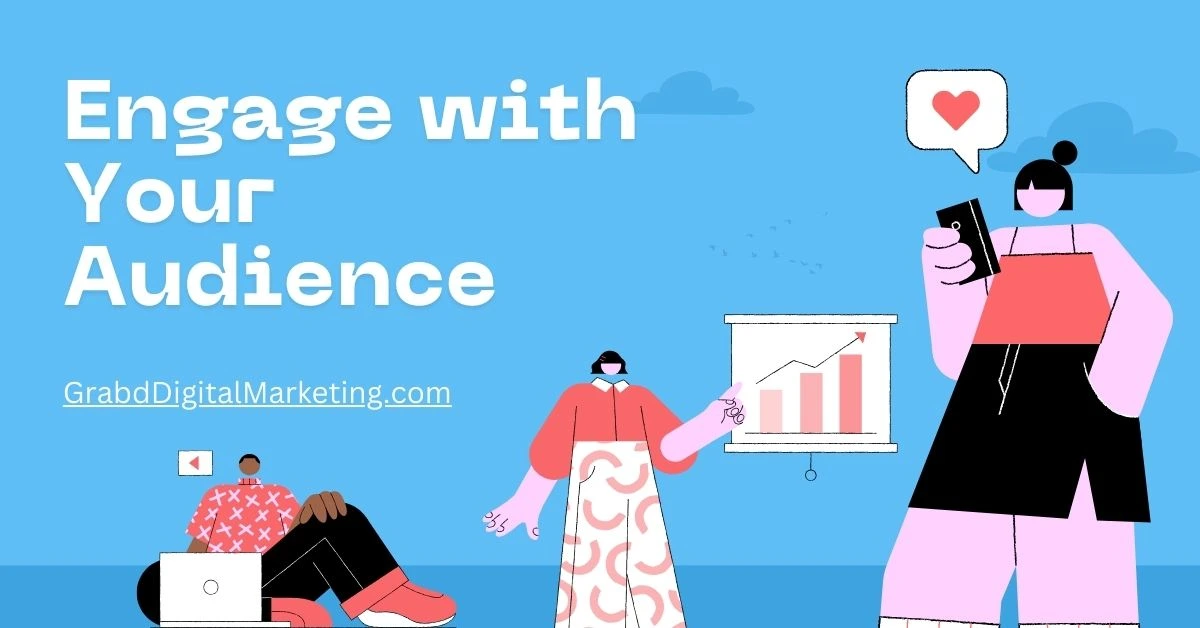
- Respond to comments to build a community.
- Ask for feedback and suggestions.
- Encourage viewers to share your content.
Step 9: Stay Consistent and Adapting
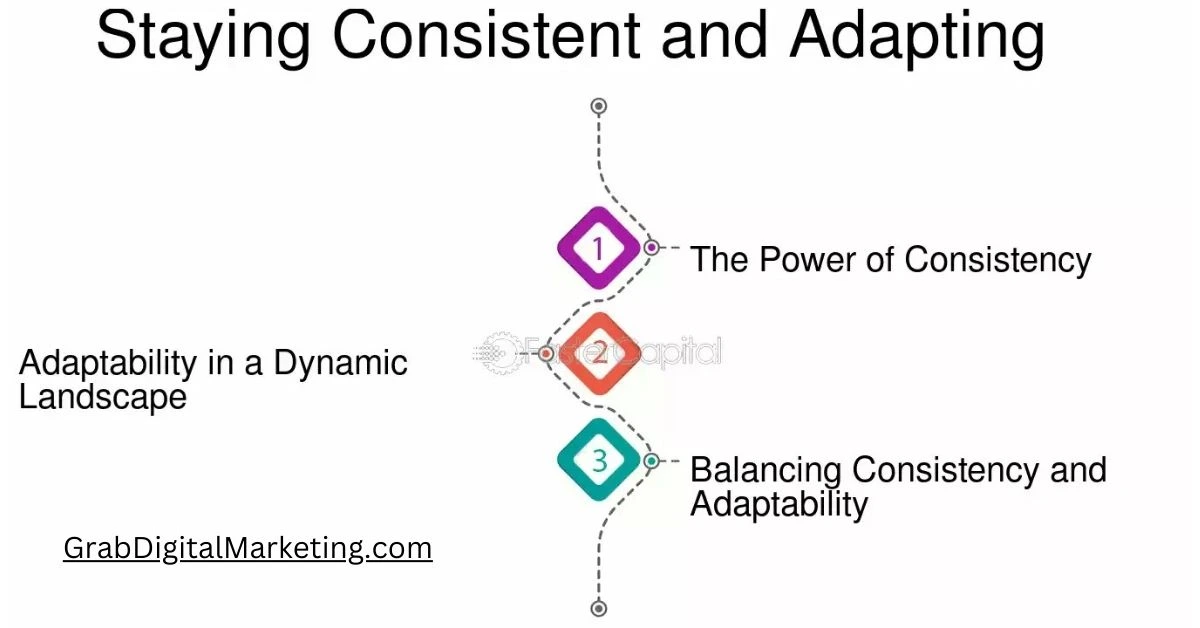
Staying consistent while adapting is key to long-term growth and success. Consistency builds trust and momentum—whether in work, personal development, or content creation, maintaining regular effort ensures steady progress. Establishing habits, routines, and clear goals keeps you on track. At the same time, adaptability allows you to navigate change, seize new opportunities, and refine strategies based on feedback and evolving trends. The balance between structure and flexibility is crucial—rigid consistency can limit growth, while unchecked adaptation can lead to inconsistency. Embrace learning, monitor progress, and adjust without losing sight of your core purpose. Whether in business or personal growth, staying consistent while evolving ensures resilience and relevance in a fast-changing world. Keep refining your approach, embrace new perspectives, and maintain the discipline to move forward with confidence. Need help applying consistency and adaptability in a specific area, like career or content strategy?
Step 10: Keep Learning
Continuous learning is key to personal and professional growth. It expands knowledge, sharpens skills, and fosters adaptability in an ever-evolving world. Staying curious and embracing new ideas lead to innovation and success. Learning can take many forms—reading books, taking courses, engaging in discussions, or gaining hands-on experience. Digital tools and online resources make knowledge more accessible than ever.

